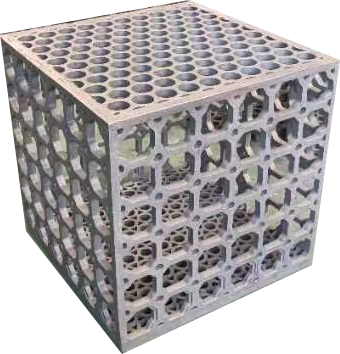thermal resistance of stainless steel
Stainless steel's thermal resistance represents a crucial property that enables it to maintain structural integrity and performance under varying temperature conditions. This material demonstrates exceptional stability when exposed to both extreme heat and cold, making it invaluable across numerous industrial applications. The thermal resistance of stainless steel stems from its unique chemical composition, particularly the presence of chromium and nickel, which creates a protective oxide layer that prevents degradation at high temperatures. This characteristic allows stainless steel to maintain its mechanical properties and corrosion resistance even when subjected to thermal cycling. In industrial settings, this thermal resistance proves essential in heat exchangers, furnace components, and chemical processing equipment. The material's ability to withstand thermal shock, resist scaling at elevated temperatures, and maintain dimensional stability makes it particularly valuable in applications where temperature fluctuations are common. Additionally, different grades of stainless steel offer varying levels of thermal resistance, allowing engineers to select the most appropriate option for specific temperature requirements. This versatility, combined with its excellent thermal conductivity and low thermal expansion rate, ensures reliable performance in demanding thermal environments.


